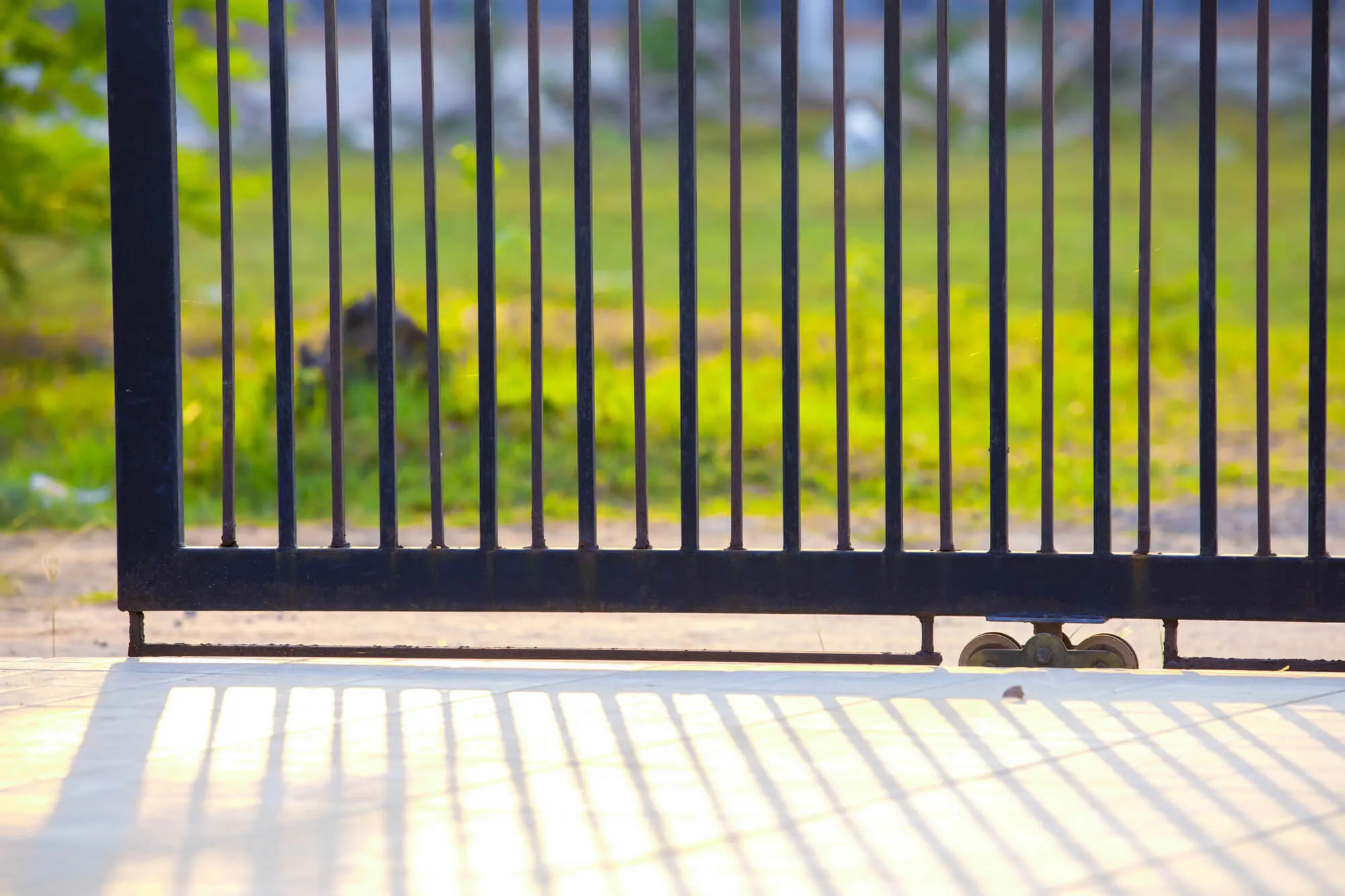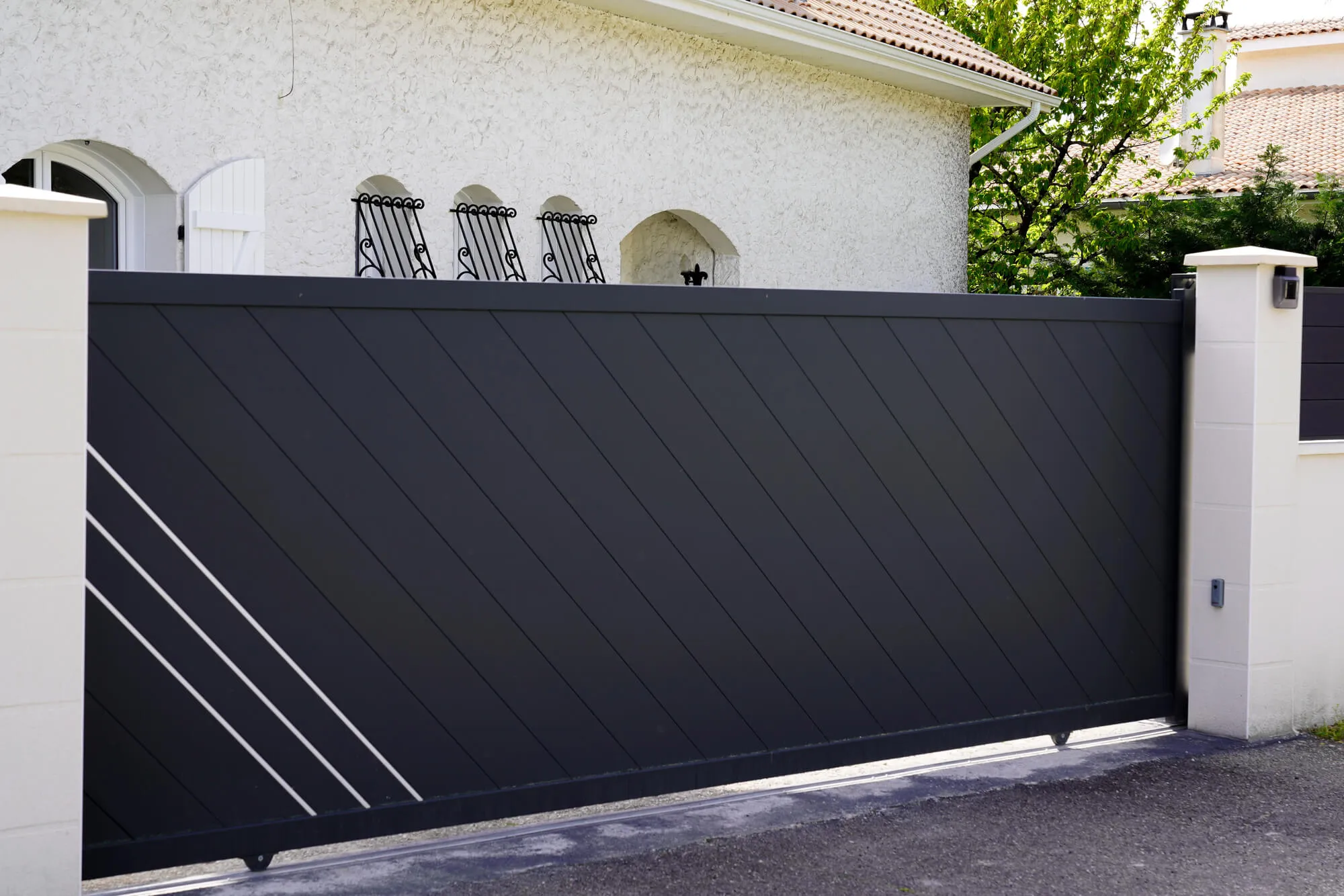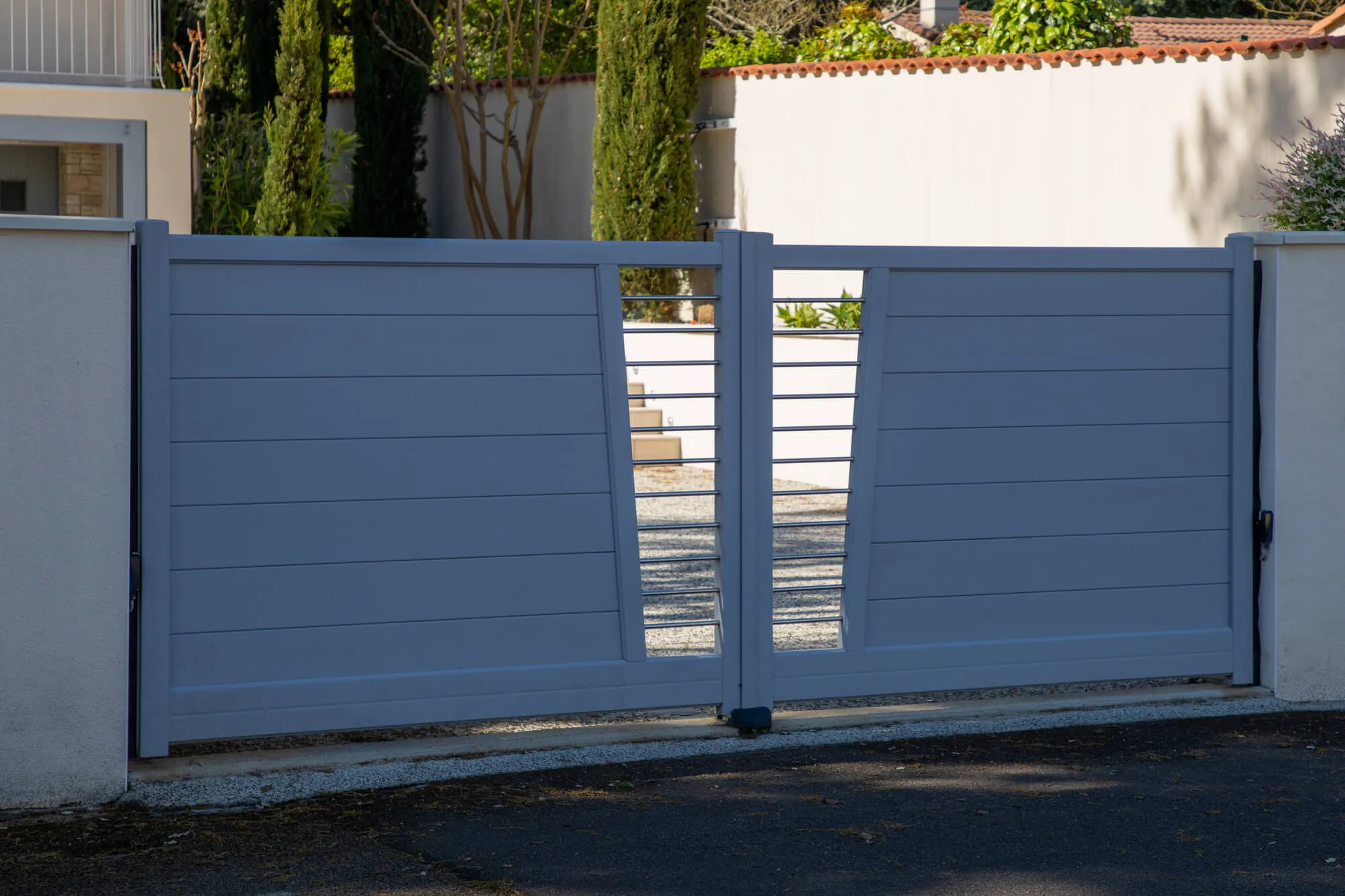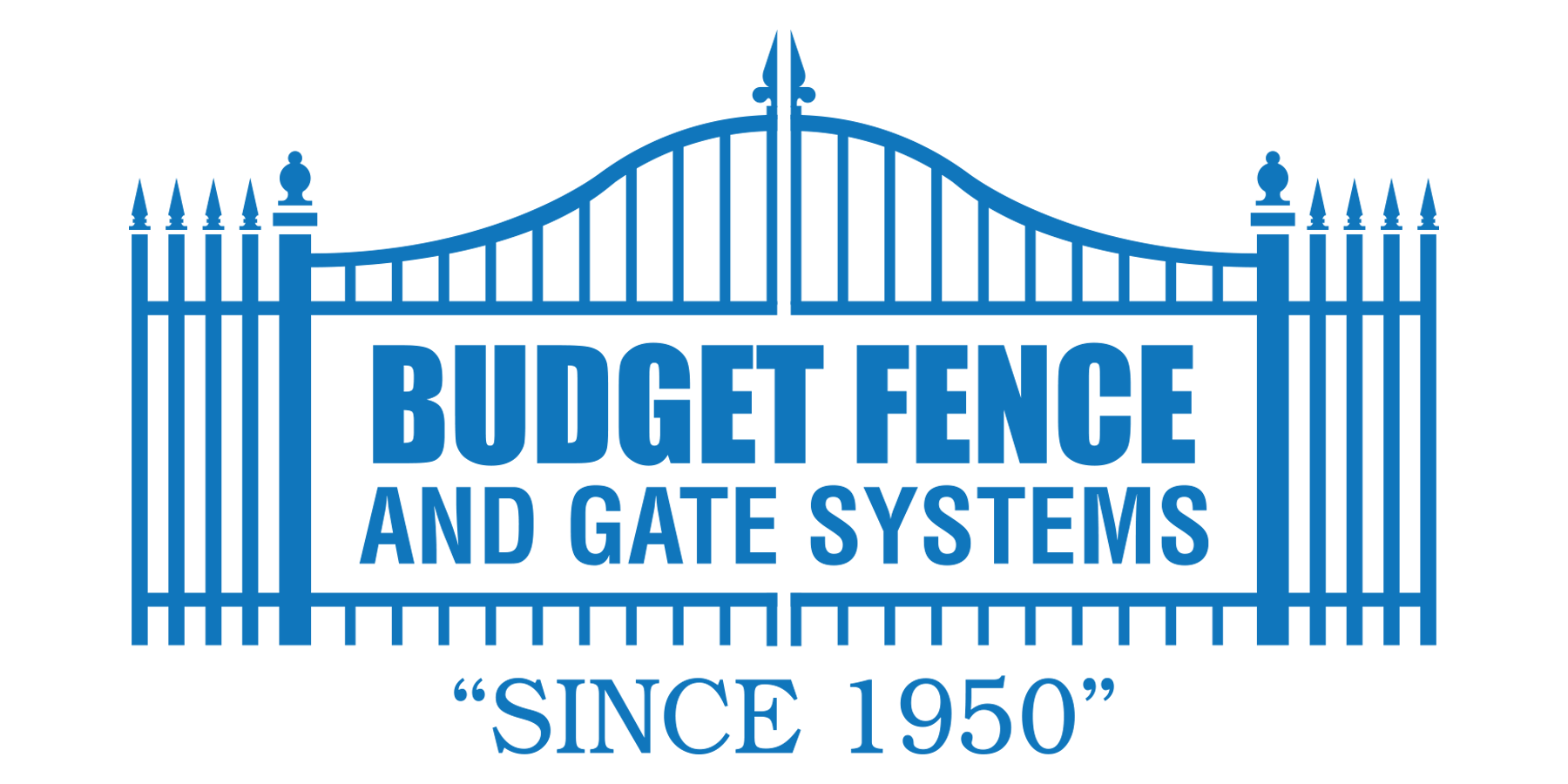You want security, privacy, and a clean boundary for your home. Maybe you’re replacing an old wood fence or planning to add curb appeal with something new. But getting your fence and gate installed right the first time is more complicated than it looks. Missteps early on can cost you time, money, and peace of mind. Before you start shopping for materials or calling contractors, it’s smart to learn what not to do. A well-planned budget fence and gate should offer durability and value, not surprise headaches.

Common Mistakes That Can Compromise Your Fence and Gate
1. Skipping the Property Line Survey
You’d be surprised how many homeowners assume they know where their property ends. Building even a few inches onto a neighbor’s lot can trigger legal issues and costly tear-downs. Disputes over fencing often strain neighbor relationships, especially when structures have to be removed. To avoid this, always locate and review your official property survey.
If you can’t find it, hire a professional surveyor to confirm your boundaries before any installation begins. It’s a small upfront cost that protects your entire project from legal headaches.
2. Not Checking Local Codes and HOA Rules
Municipal codes and homeowner associations may dictate fence height, material, and placement. Ignoring them can lead to fines or forced changes. What works in one neighborhood might not be allowed in another, especially in planned communities or historical zones.
Before you order materials or hire a crew, call your local building department and ask for fencing guidelines. If you’re part of an HOA, review their bylaws or get written approval. This step avoids delays and extra costs later.
3. Choosing the Wrong Materials for Your Climate
In South Florida, moisture, sun exposure, and pests are real concerns. Installing untreated wood or metal that rusts easily shortens your fence’s life. Salt in the air can corrode metal quickly, and heavy rains can cause wood to warp. That’s why vinyl, treated wood, and powder-coated aluminum are usually safer bets in this climate. These materials resist mold, insects, and weather damage better than low-grade alternatives. Choose materials made to last in tropical environments.
4. Poor Planning Around Gates
A gate that opens into a slope or too close to a structure becomes a daily frustration. Think about the swing radius, clearance, and how you’ll use the gate. If your driveway slopes or your backyard space is tight, measure twice and build once.
Poor gate planning leads to squeaky hinges, dragging bottoms, or blocked access. Always visualize your daily use – where you’ll walk, drive, or wheel trash bins through—and adjust your plan accordingly.
5. Using Low-Quality Fasteners or Hinges
Cheap nails, screws, or gate hardware may not hold up to daily wear or coastal humidity. Salt air accelerates corrosion, especially near the coastline. Low-grade hardware may seem cost-effective but can fail underweight, wind, or temperature shifts. Use stainless steel or galvanized materials rated for outdoor use to avoid premature failure. It’s worth spending a little more upfront to protect your structure and avoid early repairs.
6. Ignoring Post Depth and Concrete Footings
Fence posts need to be anchored properly, or the whole system wobbles. Shallow holes or skipping concrete can lead to leaning or collapsing. Florida’s soft, sandy soil makes this step even more critical. Posts should extend well below the frost line and be surrounded with gravel and concrete for extra stability. Skimping here can lead to sagging lines, uneven panels, or a full collapse during storm season.
7. Underestimating Gate Weight
Heavier gates need reinforced framing and better hinges. If not accounted for, sagging or dragging can occur in a matter of months. Materials like wood or composite can be deceptively heavy, especially with added hardware or decorative features. Make sure your posts are reinforced and your hardware is rated for weight. Proper support prevents structural fatigue and keeps your gate functioning as intended.
8. Overlooking Soil and Drainage Issues
The soft or soggy ground can shift or erode around posts. Before building, take note of any drainage concerns. Rainwater pooling at your fence line accelerates rot, rust, or movement. Elevating the bottom of your fence slightly and using gravel at the base can improve water flow. Assess nearby slopes or gutters that could redirect water toward your structure. Small adjustments now prevent costly repairs later.
9. Installing Without a Long-Term Maintenance Plan
Every material requires upkeep, even low-maintenance ones. Knowing what your fence needs yearly helps prevent rot, fading, or hardware failure. Vinyl may require pressure washing; wood might need staining or sealing; metal should be checked for rust. Set calendar reminders to inspect and clean your fence seasonally. A proactive plan extends your fence’s life and catches problems before they spread.
10. Not Factoring in Future Landscaping or Utility Work
Fences often outlive nearby plants, garden beds, or buried utilities. Think ahead. Leave access points or removable panels where you might need to dig, plant, or service water and cable lines later. If you box yourself in, future projects become more costly and complicated. Discuss landscaping or irrigation plans during installation to avoid conflict between your fence and your future yard goals.
11. Doing It Yourself Without Enough Experience
Fencing looks simple but requires precise leveling, spacing, and structural know-how. Without the right tools and knowledge, a DIY job could leave gaps, tilts, or uneven gates. You could also run into underground utilities or grading issues. Hiring a professional ensures that your fence is straight, secure, and built to code. It may cost more upfront, but the result lasts longer and looks far better.

Types of Residential Fences to Consider
There’s no one-size-fits-all fence, especially in a climate like South Florida’s. The right material depends on your goals, maintenance expectations, and the look you’re going for. Choosing wisely means fewer repairs and a longer-lasting, better-looking fence. Here’s a breakdown of common fence types:
- Wood: A classic choice for privacy and aesthetics. It can be painted or stained to match your home but requires regular maintenance to prevent rot, mold, or warping in humid climates.
- Vinyl: Popular for its low maintenance. It doesn’t need to be painted or stained and resists moisture damage, making it ideal for rainy or coastal regions.
- Aluminum: Powder-coated aluminum is a strong, rust-resistant option. It works well for ornamental fencing or around pools and won’t fade or corrode easily.
- Chain Link: Affordable and practical for large yards or pet enclosures. It’s durable but provides less privacy unless combined with slats or landscaping.
When selecting a fence, think about your priorities:
- Do you want full privacy or visibility?
- Is low maintenance a must?
- Are pets or kids a concern?
Your answers will guide you to the best fit. Matching style with function helps ensure satisfaction for many years.
Fence Design Tips That Add Value
Fence design does more than mark your property; it shapes how your home is seen from the street. Pick a height that offers privacy without feeling closed in. Decorative touches like lattice tops, post caps, and alternating panel designs can make even a basic fence more attractive.
Mixed materials, such as combining wood with metal accents, add texture and modern appeal. The goal is balance: you want a fence that adds curb appeal without clashing with your home’s architecture. A smart design pays off in property value and daily enjoyment.
Gates: Styles, Features, and Function
Gates come in single or double panels and can swing or slide depending on available space. If your driveway is narrow or sloped, sliding gates often work better. Think about features like self-closing hinges, locks, and access control systems.
If security is important, keypads or remote-controlled access are worth considering. Your gate will get more use than the rest of your fence—so it should be easy to operate and built to last. Make sure it fits your routine and the layout of your yard.
The Importance of Hiring a Licensed Fence Contractor
Hiring a licensed fence contractor offers more than just peace of mind—it ensures your fence is built right, on time, and up to code. South Florida presents unique challenges with its humid climate, sandy soil, and hurricane season. A licensed professional is prepared for those conditions and brings the right tools and knowledge to each job.
Benefits of hiring a licensed contractor include:
- Code compliance: Professionals understand zoning laws and height restrictions and will secure any necessary permits.
- Structural expertise: They know how deep to set posts, reinforce gates, and anchor materials for long-term durability.
- Project efficiency: With experience comes speed and fewer errors, which saves time and reduces the risk of costly rework.
- Insurance protection: Licensed contractors carry liability coverage, protecting you from accidental damage or on-site injuries.
DIY installations often fall short. A licensed expert helps ensure your fence adds value, not problems.

Protect Your Budget Fence and Gate Systems with Smart Decisions
A new fence and gate can raise your property’s value, improve safety, and make your home look sharp—but only if installed correctly. Avoiding these mistakes from day one makes the difference between a frustrating project and a lasting upgrade.
If you’re planning a fence and gate installation, the team at Budget Fence and Gate Systems is here to help. With decades of experience in South Florida’s unique climate, we install fences that last and gates that work the way they should. Get a quote today and talk with pros who understand what your property needs.


Recent Comments